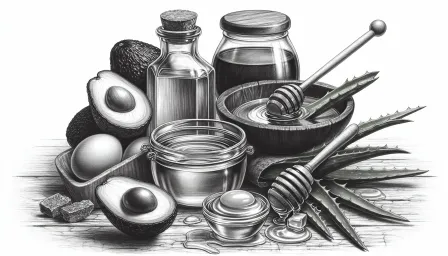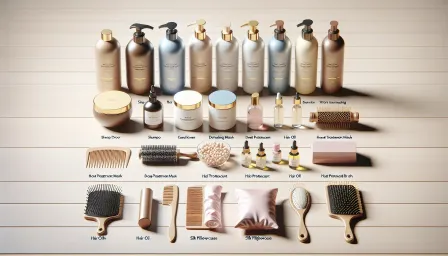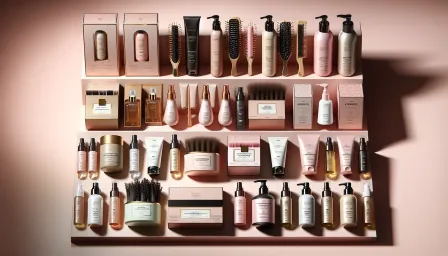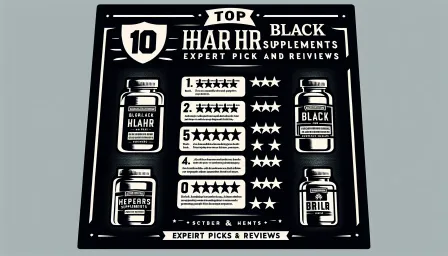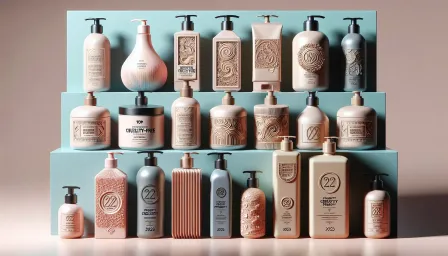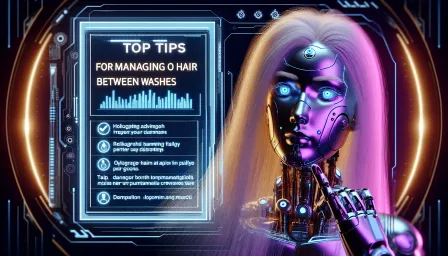Brunette Hair Myths Debunked: Separating Fact from Fiction

Discover the truth behind common misconceptions about brunette hair. This article debunks myths and provides accurate information for those with or interested in brunette hair.
When it comes to hair color, brunettes often find themselves surrounded by a multitude of myths and misconceptions. These myths can influence the way brunette hair is perceived and treated. In this article, we aim to debunk some of the most common brunette hair myths, separating fact from fiction. By arming yourself with accurate information, you can make better decisions for your hair care routine and dispel any myths that may have been holding you back.
Myth 1: Brunette Hair is Stronger Than Other Hair Colors
One prevalent myth is that brunette hair is intrinsically stronger than blonde or red hair. While it's true that some brunette hair types can be more robust due to higher melanin content, individual hair strength varies greatly from person to person. Factors such as genetics, hair care practices, and overall health play a significant role in determining hair strength, regardless of color.
Myth 2: Brunette Hair is Less Prone to Damage
There's a common belief that brunette hair is less susceptible to damage compared to lighter hair colors. This myth likely stems from the fact that lighter hair shades show damage more visibly. However, brunette hair is equally vulnerable to damage from heat styling, chemical treatments, and environmental factors. To maintain healthy brunette locks, it’s essential to follow a consistent hair care regimen that includes conditioning treatments and protection from heat and UV exposure.
Myth 3: Brunette Hair Can't Be Highlighted Effectively
Another misleading myth is that brunette hair doesn't take well to highlights. In reality, brunette hair can be beautifully highlighted using techniques tailored to dark hair. Whether it's through balayage, ombre, or traditional foil highlights, experienced colorists can add dimension and lightness to brunette hair without causing undue damage.
Highlighting Techniques for Brunette Hair
Choosing the right highlighting technique is crucial for achieving the desired look. Here are some popular methods:
- Balayage: A freehand technique that provides a natural, sun-kissed look.
- Ombre: A gradual lightening effect from the roots to the tips.
- Foil Highlights: Strategically placed highlights that can range from subtle to dramatic.
Myth 4: Brunette Hair Fades Quicker Than Blonde Hair
Some people believe that brunette hair color fades more rapidly than blonde shades. In truth, all hair types are susceptible to fading, but the visibility of fading can vary. Brunette hair might show fading as a dull or ashy hue, whereas blonde hair often reveals fading through brassiness. To extend the vibrancy of brunette hair color, use color-safe shampoos, conditioners, and regular gloss treatments.
Myth 5: Brunette Hair Looks Boring or Unimaginative
Brunette hair is sometimes unfairly labeled as dull or lacking creativity. This stereotype couldn't be further from the truth. Brunette hair offers a wide range of shades and tones, from rich chocolates to warm caramels and deep mahoganies. With the right styling and color techniques, brunette hair can be exceptionally versatile and visually striking.
Styling Ideas for Brunette Hair
Here are some ways to showcase the beauty of brunette hair:
- Textured Waves: Add volume and movement with loose, beachy waves.
- Sleek and Straight: For a polished and elegant look.
- Braids and Updos: Experiment with braided styles or chic updos for special occasions.
Conclusion
Understanding the truth behind these brunette hair myths can help you make informed decisions about your hair care routine. Remember, hair color does not determine the strength, vulnerability, or creativity of your hair. By debunking these myths, you can embrace your brunette hair with confidence and achieve the beautiful, healthy hair you desire. So, the next time you hear one of these myths, you’ll be equipped with the knowledge to separate fact from fiction.




